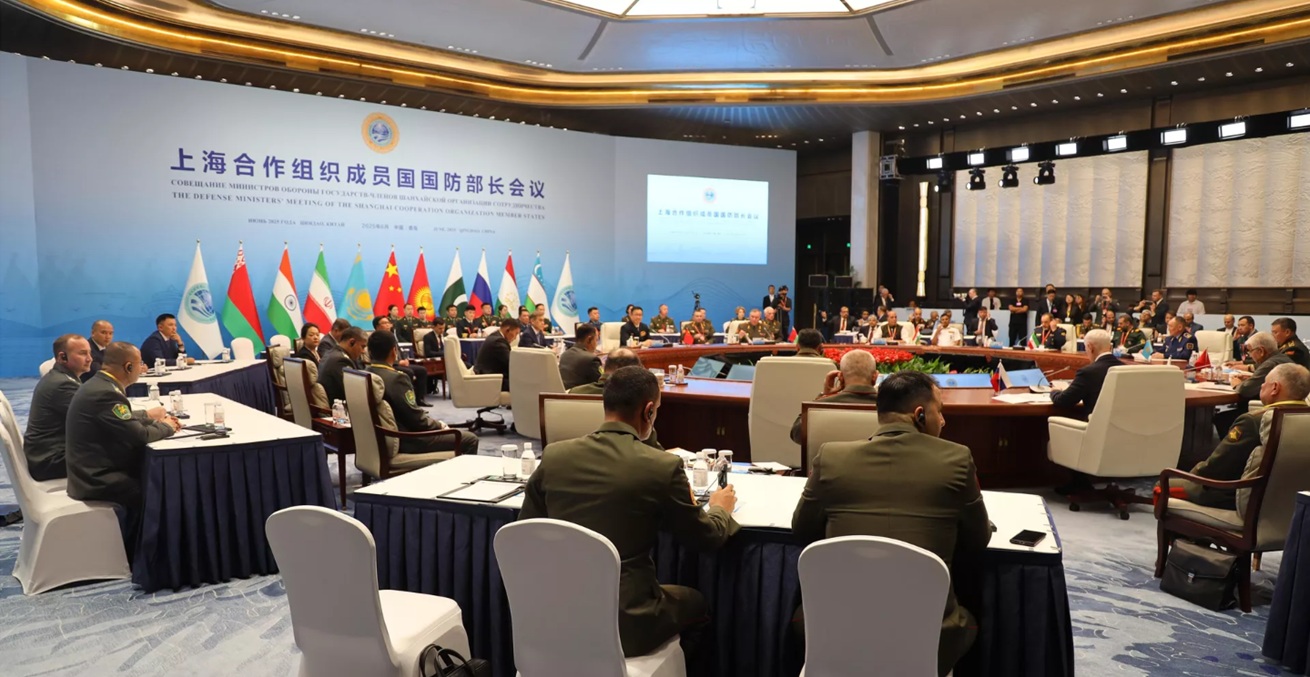Japan and South Korea have the lowest fertility rates in the world. Labour rights can improve this phenomenon, but an attachment to tradition has hampered their responses despite broader moves for equality.
Japan and South Korea share similar struggles when it comes to demographic shifts and their implications for economic development. Both are fast-ageing countries where more than 15 percent of the total population is 65 years or older. Additionally, both countries face low fertility rates, which refers to the average number of children a woman has. In 2023, Japan was 1.25, and South Korea had the world’s lowest fertility rate with 0.72. Shrinking populations lead to labour shortages, especially in labour-intensive industries such as agriculture and manufacturing. To respond, both governments have actively sought to improve labour circumstances, allowing foreign workers from Southeast Asian countries, for instance, to have special working visa conditions. However, such solutions tend to overlook another factor of human resources – the role in women in the workforce.
Women in Japan and South Korea are experiencing challenges in continuing their careers after marriage and having a child. In South Korea, there is even a word for women experiencing career break, gyeong-dan-neyo, meaning “career-interrupted women.” The number of gyeong-dan-neyo has dramatically increased since the pandemic, with a survey in 2023 finding that four in ten suffered at least one career break . The situation with Japanese women is not that different. Japan is ranked 123rd in the world for gender equality in labour force participation, wage equality, and income – the lowest in all East Asian and Pacific countries. It is a bitter reality knowing that those two countries are leading Asian countries with a history of phenomenal economic development.
How does low labour participation among women continue to occur? There are two factors to point out: the persistence of gender norms and the lack of a system to support women who want both a career and a family.
Gender norms are a more complex issue. The emphasis on maternity has existed in the two countries for centuries. In Japan, the phrase roysai kenbo, which means “good wife, wise mother,” idealises how women should behave. And in South Korea the family register system until 2008, Hoju, only allowed the male to be the head of the family, reflecting the historical custom that women live with their husband’s family after they get married. These labels and systemic limitations are a few examples which show the embedded expectations around family and women’s maternal value.
Traditionally, their ability to have children has been prioritised over all else, and career sacrifices by women must be made for the rest of the family in that pursuit. A history of Confucianism has also been influential throughout the generations, emphasising societal and household hierarchy, and pushing women to serve their husbands as wives and children as mothers. To this day, the efforts of government and educational institutions have remained transfixed on gender-based stereotypes, even as their disadvantages become clearer. Transforming awareness is a lagging process without knowing how long it will take and, more importantly, how much it will change.
A more concerning issue is that there are few options for women who want to keep their jobs after childbirth. The two countries are notorious for preferential hiring that discards women due to an insistence on a 40-hour week with overtime. In South Korea, just last month, there was a proposal to raise the legal amount of overtime to enable a 69-hour work week. Overtime presents problems for families who need to take care of children after school (usually three to five o’clock). Meanwhile, the pandemic has shown the gap between available options for childcare within the average working hours – COVID-19 halted children’s after-school care services – and the raising fears about children’s potential for infection due to the spread of the epidemic. This has naturally resulted in a job crisis for women with children due to poor working conditions and societal pressures that regard child care as “women’s work.” From March 2021 to August 2022, 65.6 percent of women who quit their jobs were in their 30s and had children in either preschool or elementary school who needed extra parental care more than others. Many of these women quit their jobs because they could not find anyone to care for their children who stayed home for the online classes. Meanwhile, this dampened labour productivity and increased pressure on the household as the cost of living increased. All of this is to say that maternal leave is essential, but the concern must also be more about career breaks during and after they leave, which can adversely affect their promotion prospects. This pessimism also causes fathers who can support their wives to be “afraid” to take paternity leave.
This reproductive question contributes to further obstacles for women seeking to join the workforce. Job recruitment in Japan and South Korea report high gender discrimination as businesses deliberately give lower scores to women during interviews. Meanwhile, one in five Japanese female candidates had experience getting asked about marriage or family planning during their interviews. This gender-based discrimination tends to continue even after getting a job because some women are paid less than men even if they are in the same position or have the same title and level, and in some cases are paid half of what men would earn.
The prospect for the future is not favourable. We live in an era of increasing living costs. Japan is going through escalating consumer inflation and South Korea has just started to recover from deflated consumption throughout 2023. Increasing living costs mean that there is more need for dual income, forcing further pressure on families, and even discouraging women from giving birth altogether. This of course is likely to depress demographic outcomes further, reinforcing the original problem.
The topic of encouraging more women’s labour participation has been on the radar by the leaders and politicians in both countries. Former Japanese Prime Minister Abe Shinzo put forward “womenomics” during his term. More currently, South Korean President Yoon Suk-yeol also promised childcare and primary care support policies during his presidential election.
This suggests that there is some recognition that the problem lies in the lack of a support system for women who want a career and a family too.
To encourage this pathway, both countries must establish an environment where women feel protected in having children and can return to their professional field with job security. To reduce the number of women with career breaks, systems such as parental leave, pre- and post-birth leave, and shorter working hours during childcare should be offered, and a tight childcare welfare system should be prepared to cover the demand for emergency care. These systemic changes could also improve the first issue of gender norms as more women prove that they can work and care for their families and become more visible to society.
The persistently low women’s labour force participation in Japan and South Korea shows both countries are not utilising valuable human resources to the maximum. Fostering a more secure environment that can allow women to be flexible with their life choices between their careers and personal lives can unlock the full potential of their economies, making a more favourable environment for future generations.
Hannah Heewon Seo is a student at the Australian National University and an intern at the Australian Institute of International Affairs. Her whose research focuses on politics and international relations in the Asia-Pacific region, the impact of Chaebols, business conglomerates, and their policies in reducing carbon footprints in South Korea, and foreign labour policy reform in Japan.
This article is published under a Creative Commons Licence and may be republished with attribution.




